Class System In Brazil
Class system in brazil. Brazil - Social Classes. In addition grading scales at university-level institutions have changed frequently. It first began with Jesuit missions that controlled education for a long time.
The proportion of people in class AB grows 7 in the last year alone which corresponds to the entry of 15 million people in the highest income group. The definition is based overall on the households gross monthly income. In this class people are supposed to be white.
Class A B C D and E. Class E below BRL 1020. Much of empirical social science research consists of collecting social data and interpreting them.
The data collection phase follows some reasonably well-understood and generally accepted principles. Then two hundred years after their arrival their powers were limited by Marquis de Pombal. Approximately nine-tenths of children aged 714 are enrolled in school in contrast to 1960 when only half of the children of that age group attended school.
Conceived in the late 1980s by the civil society as part of the Sanitary Reform Movement Movimento da Reforma Sanitária against the military dictatorship SUS has been widely acknowledged as an example of successful health system reform in Latin America 4 and has played a major role in the redemocratisation of Brazil and in the re-establishment of citizens rights. 5 Reforms in health system. Core subjects include Portuguese Brazilian and a third language - usually English plus a wide spread of academic subjects too.
The most common scale is now 1 to 7 with 9 being the highest grade obtained. The class system in Brazil was recently pyramid shaped with very many in the lower classes and very few in the higher classes. School is free and compulsory for students at the primary ages 714 and secondary ages 1517 levels but roughly three-fifths of Brazilians have only four years of schooling or less.
Of these five levels only primary education. EFFECTS Crime As with any country with a large population and class.
In addition degrees are awarded in a Class depending on the grades received.
Approximately nine-tenths of children aged 714 are enrolled in school in contrast to 1960 when only half of the children of that age group attended school. This accompanied by the fact that classes at public schools are taught in Portuguese means that most expats choose to send their children to private or international schools in Brazil of which there are many to choose from. The family in Brazil we point out some values beliefs and practices employed by middle- and working-class parents. Issues in education are. The class system is generally divided into 5 Classes. Secondary Education Completion of ensino fundamental phases 1 and 2 are a necessary condition for entering ensino médio high school. This paper also describes some of the characteristics of parent-child relationships within these families providing an overview of childrens work school and home environments as they relate to socialization in poor families. Class E below BRL 1020. The proportion of people in class AB grows 7 in the last year alone which corresponds to the entry of 15 million people in the highest income group.
Then two hundred years after their arrival their powers were limited by Marquis de Pombal. Issues in education are. Then two hundred years after their arrival their powers were limited by Marquis de Pombal. Class A B C D and E. Core subjects include Portuguese Brazilian and a third language - usually English plus a wide spread of academic subjects too. Today the structure of the classes resembles a pyramid with almost equal amounts in classes A and B as D and E with class C steadily growing larger. Above BRL Brazilian Real.

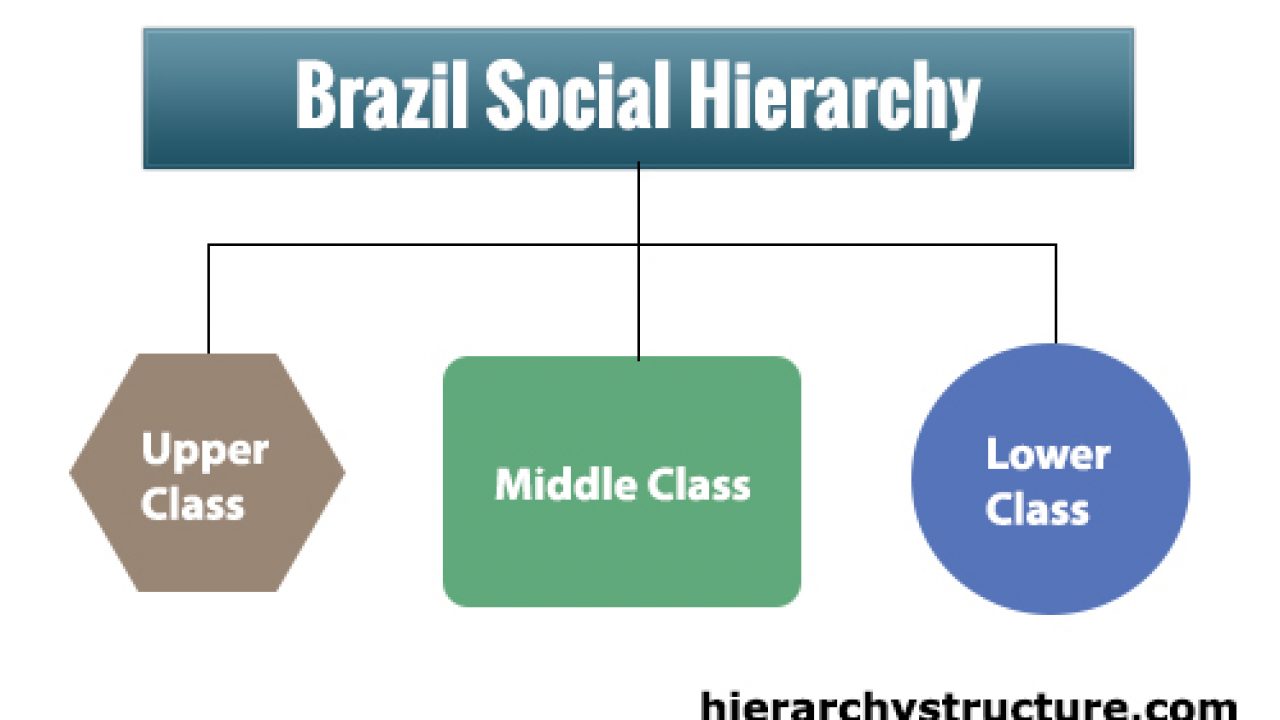



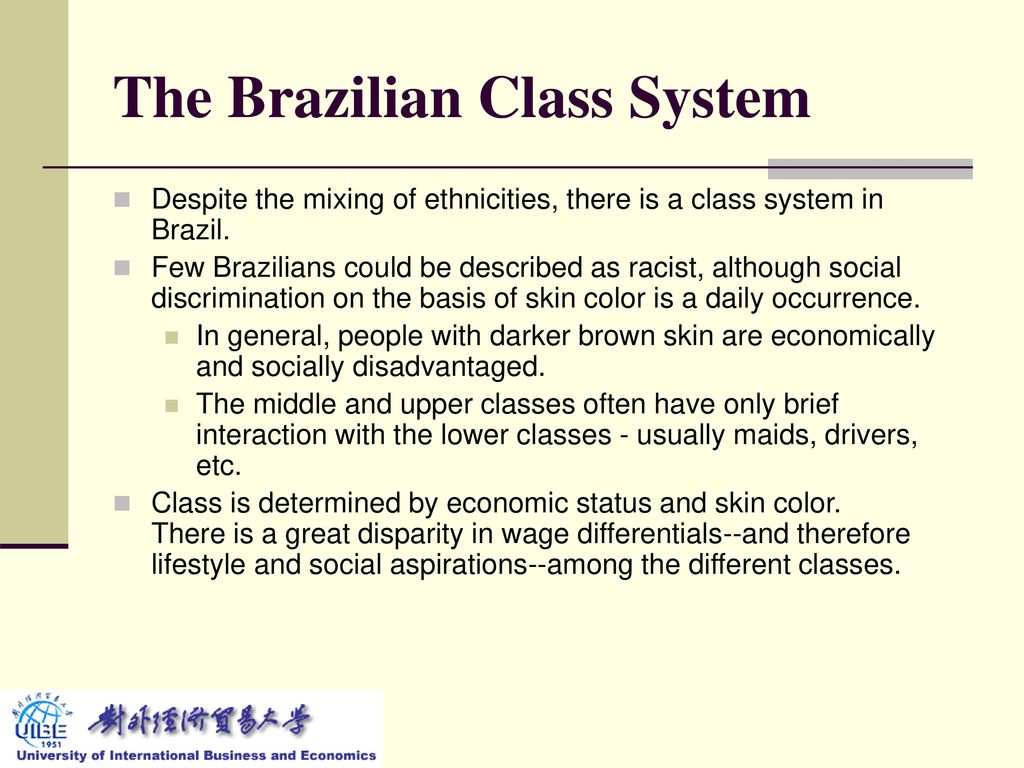

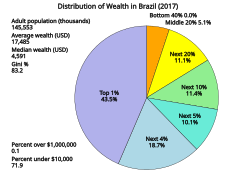












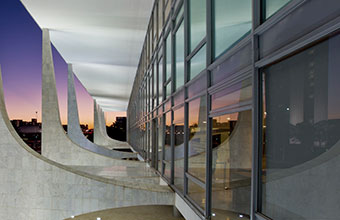

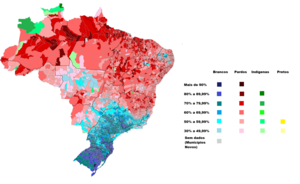





Post a Comment for "Class System In Brazil"